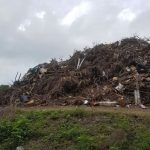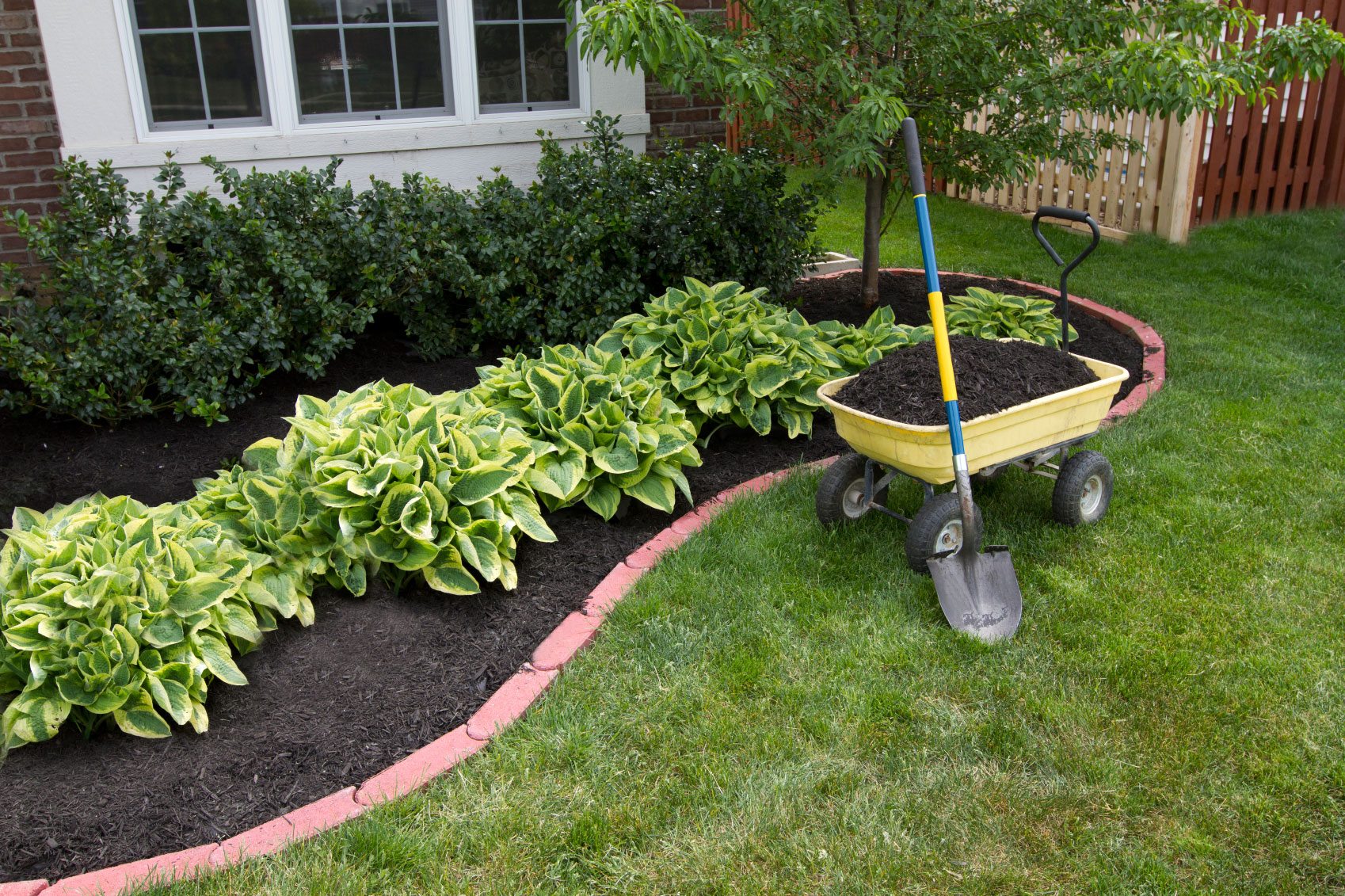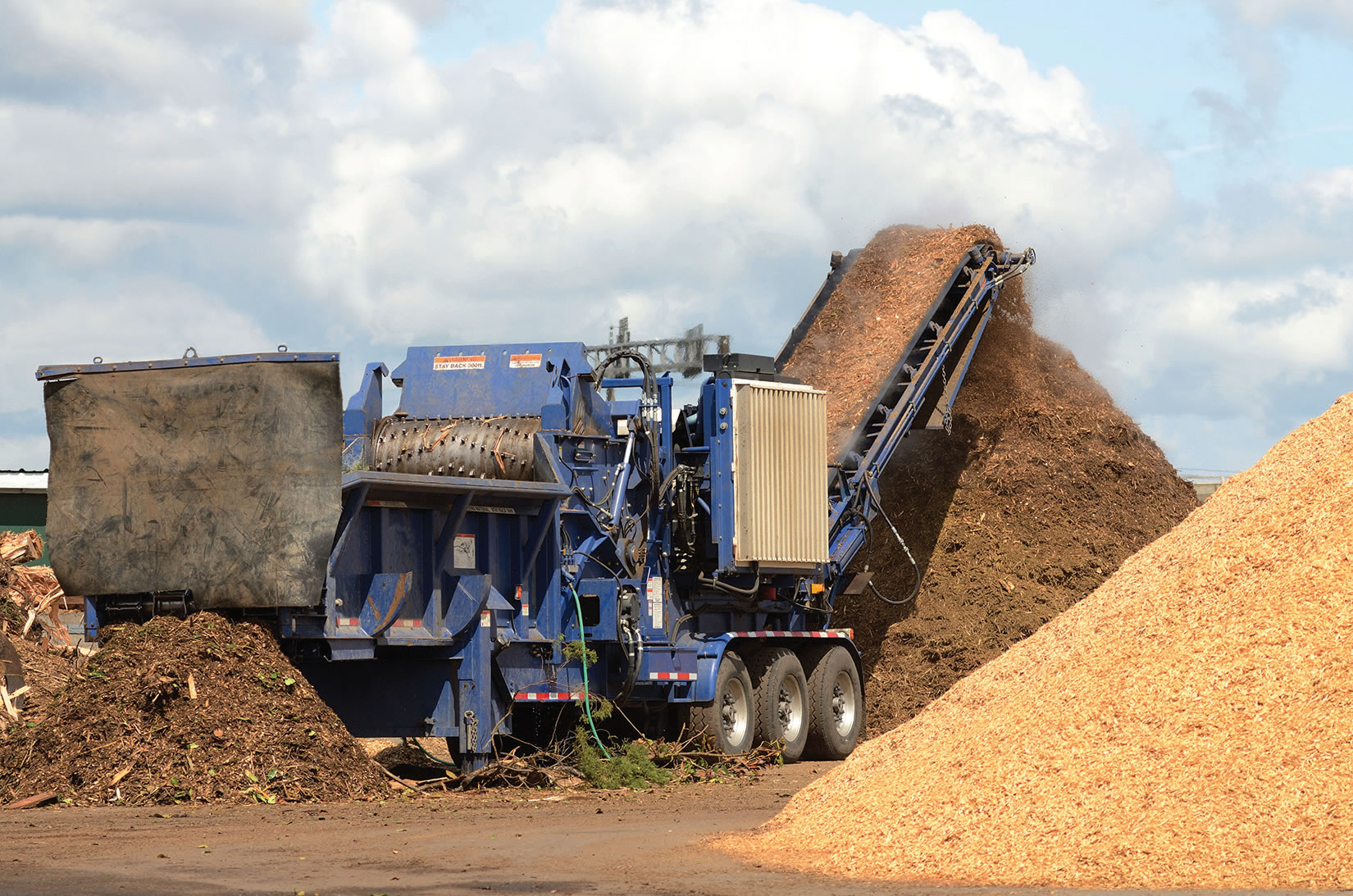By Robert LaGasse, MSC Executive Director
The National Institute of Standards & Technology (NIST) of the U.S. Department of Commerce is headquartered in Gaithersburg, MD, and helps coordinate industry and regulatory issues —including weights & measures — in interstate commerce. NIST handbooks provide guidelines for uniform standards and testing utilized by most state and local governments as well as private industry.
In the early 1990s, the Mulch & Soil Council (MSC) worked with representatives of NIST and various states to define the procedures for testing the net contents of mulch and soils packaged by volume. The results of that effort were published in NIST Handbook 133 under the heading: “Checking the Net Contents of Packaged Goods” and remained substantially unchanged for the next 25 years.
In 1996, the industry experienced a tremendous problem with product under-packing that disrupted the marketplace so much that the MSC requested that NIST help coordinate a multi-state survey of product packaging. The survey showed that across more than a dozen states, over a 30-day period, more than 80 percent of the tested product lots failed inspection on volume measure.
That failure resulted in combined industry and NIST training programs to teach industry how to label, fill and inspect product packages as well as training state regulators on the proper procedures and details for checking the net contents of packaged mulch and soil products. Between the general guidelines outlined in NIST Handbook 133 and the NIST/MSC training programs, both industry and regulators achieved very uniform testing practices over the next two years. In 1998, MSC requested NIST to coordinate another multi-state survey of packaged mulches and 80 percent of all inspected production lots passed the net contents test.
Fast forward after 16 years of general industry compliance, a few producers of packaged mulches ran head-long into several multi-state, stop-sale orders in the Spring of 2014. The MSC investigated and found there were some industry problems that were quickly corrected. At the same time, the great number of state tests being shared with the MSC over a short period, allowed industry to review the practices of multiple state agencies regarding their application of the NIST Handbook 133 guidelines. It was clear that not all jurisdictions were running the same test or following the same protocols. Some of the variations in test procedures were only nominal, but others had a very significant impact on the results.
The only way that weights & measures can work in interstate commerce is if industry and every regulatory jurisdiction does EXACTLY the same test in EXACTLY the same way — with no deviations or interpretations. No business can comply with 50 different state tests or countless local W&M jurisdictions that vary; so, we investigated further.
After talking with NIST, various states, and industry representatives, our conclusion was that the past NIST Handbook 133 general instructions combined with NIST technical training filling-in the details had succumbed to the budget and personnel problems of the day, and fewer people were able to participate in NIST training. Without reinforcement of the training segment, people were relying solely on the general guidelines of NIST Handbook 133, which were not specific enough to assure uniform practices without the training component.
The obvious solution was to clarify the NIST Handbook 133 instructions with the essential added details provided by the NIST training program. The starting point was a review of what industry and states were doing differently from the training program instructions, and then provide clarification in each of those areas.
It took the better part of 2014 to arrive at an acceptable proposal that would promote uniform testing procedures among industry and regulatory agencies. But, you cannot simply change the federal guidelines in NIST Handbook 133. There is a process whereby the proposal is described in painfully detailed text showing strikeouts and additions, along with purpose and justification, that is submitted to the National Conference on Weights & Measures (NCWM).
NCWM is the national trade association of the 50 state weights & measures agencies who adjudicate and approve proposed changes to federal guidelines before any changes can be made by the federal government. In short, our clarifications to NIST Handbook 133 could not be published until a majority of states voted to approve the changes.
We submitted our first proposal, with NIST as a joint petitioner, in January 2015. NCWM is divided into four regional associations, and the rules say you must have the vote of at least one regional association to move your petition forward for consideration at the national convention and a vote by all the states. So, in 2015, we visited every regional weights & measures association to sell our proposal and seek a sponsor to move the issue forward. This was a long process, and it took until the February interim meeting in 2016 to get on the agenda for review by the national Laws & Regulations Committee.
We got our first approval in February 2016 to move to a final vote at the annual meeting in July 2016. From February to July, we attended several additional regional association meetings to build support for the proposal and the final vote. In July 2016, one state presented minor objections in the public hearing and the national L&R Committee discussed the issue and moved the proposal forward as a voting item.
Going into the voting session, everyone expected the proposal to pass easily, but when we came to bat on the last day of the meeting, as the very last item to be considered in the voting session, one state sandbagged the issue while blindsiding the committee with last second objections (not previously heard) which derailed the vote. Our proposal was sent back to committee for further development.
In reality, the last-minute objection was resolved in less than one minute at the next regional meeting, but the voting session rules did not allow MSC to make such a change at the July 2016 voting session. However, the extra time gave us the opportunity to make some additional clarifications that were helpful.
From July 2016 to February 2017 MSC traveled to more regional meetings promoting the revised proposal that received support from three regions as a voting item for the interim meeting in 2017. The February 2017 Interim Meeting again moved the proposal forward as a voting item for the annual meeting in July 2017.
At the NCWM Annual Meeting in Philadelphia in July, the revised proposal for editorial clarifications to NIST Handbook 133 was again approved by the National L&R Committee. One state presented objections in open hearings which were overcome by the L&R Committee.
It is customary that each regional association meet just before the start of the voting session on Wednesday, which is after the Monday public hearings and the Tuesday committee hearings. At the Central Region Association meeting, two states objected to the handbook clarifications which they do not currently follow. At the same time, MSC was encouraging other state representatives to express their support for the proposal in the voting session.
Again, our proposal came to bat on the last day of the meeting, in the last session, as the last voting item. Agenda item 2600-1 (MSC proposal) was called and our annual antagonist state entered their ongoing objection. That was followed by one region and five states voicing their public support. Perhaps it was public support that prevented a second attempt to blindside the issue at the last minute. However, it doesn’t matter now as the proposal passed by a vote of 31-7
The newly approved editorial clarification to checking the net contents of packaged mulch products will appear in the 2018 edition of NIST Handbook 133. The Mulch & Soil Council thanks:
- the MSC Standards Committee for their initial development of the editorial changes,
- NIST Office of Weights & Measures for their joint development of the proposal and their help and encouragement during the long process,
- The L&R Committee and membership of each regional weights & measures association who supported our efforts and
- the NCWM National L&R Committee for their dedication and help in promoting the uniform testing of mulch and soil products between regulators and industry.
As a side note, we realize that most industry companies don’t have the resources to individually spend the time and money to learn who all the key players are, attend four national meetings and work eight regional meetings over three years (which is actually a fast-track for changing federal guidelines) in order to develop a regulatory position that helps everyone in the industry (and the regulatory agencies, too). That is why the Mulch & Soil Council is so important to you in maintaining an open and fair market for your company and the industry. For more information on the Council, visit our website at www.mulchandsoilcouncil.org.
If you would like a copy of the revised editorial proposal for checking the net contents of mulch packages, download the NCWM L&R Committee agenda and review item 2600-1 on pages 37-40. https://www.ncwm.net/_resources/e30d:omyqm2-jd/files/75729906zd9c4d1db/_fn/3-LR-Web.pdf
Related News
Subscribe Today
Every other month, Soil & Mulch Producer
News brings you important stories about:
• New Technology
• Products
• Industry News
• Research Studies
Soil & Mulch Producer News features articles and services relevant to your daily operations.











